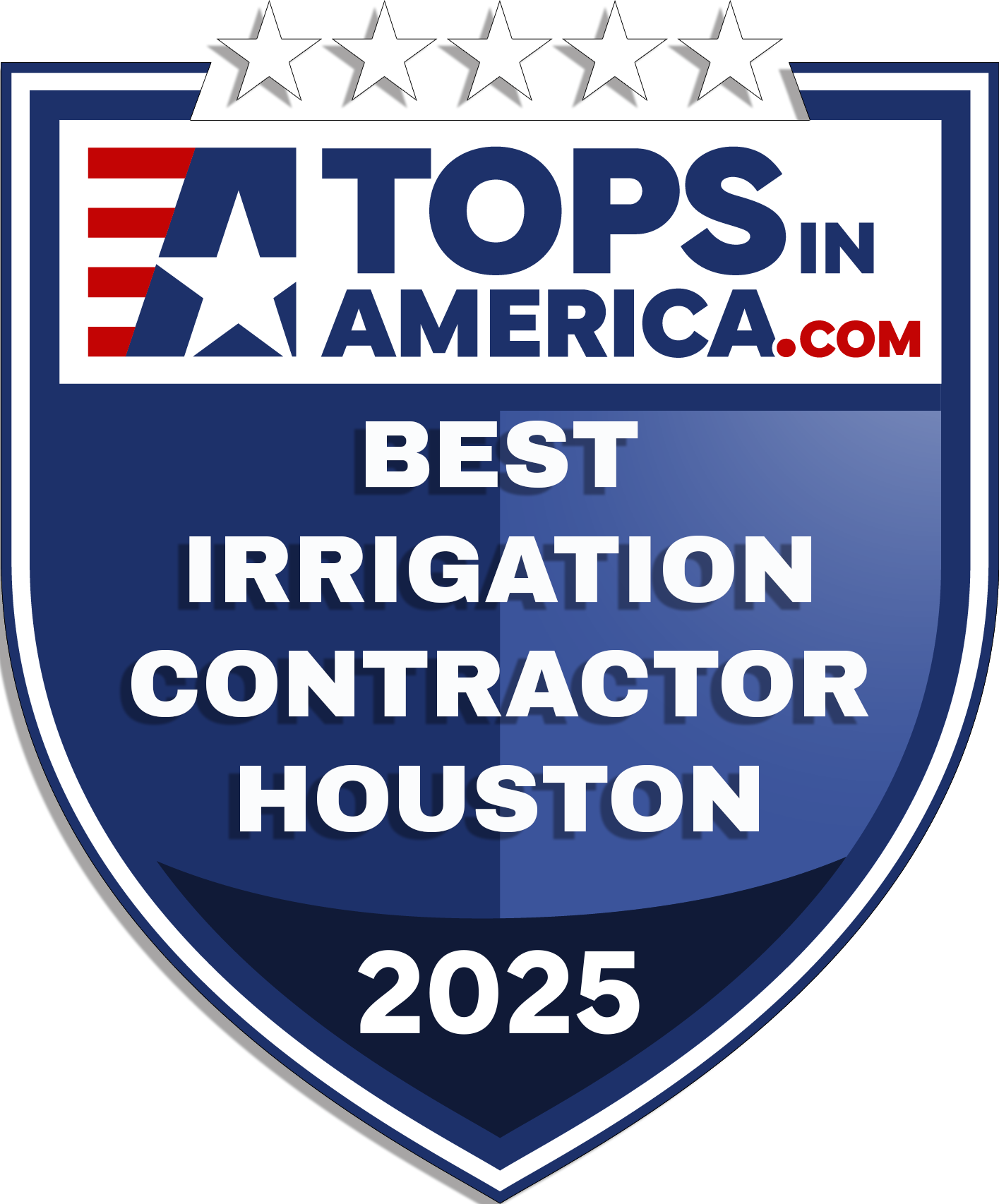Electrical Issues in Sprinkler Systems: A Troubleshooting Guide
Having an automated sprinkler system can save considerable time and effort in maintaining a lawn or garden. However, it’s not uncommon for homeowners to encounter electrical issues that prevent the system from starting. If you face a situation where your sprinkler system won’t power up, this guide outlines some steps you can follow to identify and possibly fix the issue.
Initial Safety Precaution
Before performing any electrical troubleshooting:
- Turn off the power to your sprinkler system at the circuit breaker.
- After ensuring the power is off, you can safely inspect electrical components.
Keep in mind that if you’re not comfortable or familiar with electrical systems, it’s best to consult with or hire a professional electrician or irrigation technician.
Step 1: Check the Power Supply
- Make sure the circuit breaker hasn’t tripped, and the system is receiving power.
- Look for any signs of damage or wear on the power cord connecting to the control box.
Step 2: Inspect the Sprinkler Controller
- Open the controller and look for obvious signs of damage, such as burn marks, which may indicate a power surge.
- Ensure that the controller’s dial or settings are correct for operation.
- If your controller has a fuse, check if it is blown and replace it if necessary.
Step 3: Test the Sprinkler Valves
- Locate your system’s valves and check for loose wiring or corrosion on the solenoids.
- If you have a multimeter, use it to test the solenoid for continuity. If there is no continuity, the solenoid may need to be replaced.
Step 4: Evaluate the Rain Sensor (if applicable)
- If your system is equipped with a rain sensor, ensure it is dry and functioning correctly.
- By briefly bypassing the sensor, you can check if it’s the cause of the system not starting.
Step 5: Examine the Sprinkler Zone Wires
- Go to the controller and check for any loose or disconnected zone wires.
- Also, inspect the zone wires in the valve boxes for any signs of damage or corrosion.
Step 6: Test Each Zone Manually
- Use the controller to manually start each zone, one at a time.
- This might highlight a specific zone’s issue rather than a system-wide problem.
Step 7: Seek Professional Assistance
If none of the above steps resolve the problem or reveal the cause, it’s time to consider seeking professional help. An experienced professional can conduct more in-depth diagnostics and safely repair complex electrical issues.
Disclaimer: This guide provides general advice on troubleshooting electrical issues in sprinkler systems. Since electrical work can be hazardous, it is recommended to seek professional help if you are unsure about any part of the process. Always prioritize safety and avoid taking risks with electricity.
If you have any questions or need any type of sprinkler system repair, the experts at Mr Sprinkler Repair will be glad to help. Give us a call or 855-695-1000 to set an appointment.


